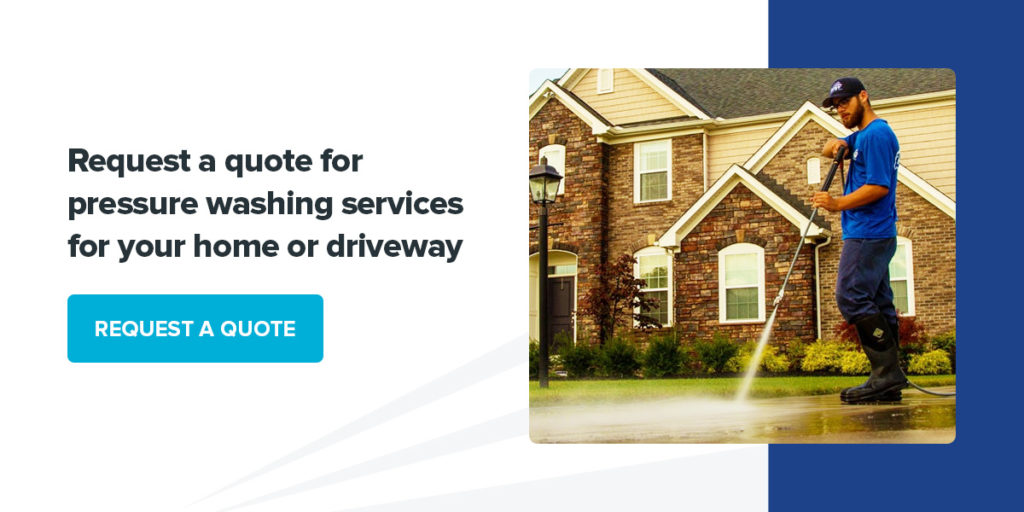Can power washing damage your house? The short answer is yes. You must take several safety measures in order to power wash a house successfully and leave it undamaged. In fact, you can cause irreversible damage if you don’t have proper experience and knowledge of how to power wash a house.

Here’s the kind of damage power washing can do if not performed correctly:
- Water can build up below a home’s siding causing mold and mildew growth.
- Accidental removal or denting of siding, shingles, shutters, etc.
- Paint removal and discoloration.
- Wood and stone surfaces could splinter or crack.
That’s just a small sample of what can happen to a home when power washing isn’t taken seriously. In the end, it’s supposed to be a home improvement project. It’s supposed to be a beautifying and brag-to-my-neighbors project. Don’t let it lead to a large home repair project and a lighter wallet.
In order to power wash correctly, you must understand the complexities of pressure, distance, and technique. We dive into those below.
Using the Right Amount of Pressure
Pressure washing and power washing are two terms that are often used interchangeably because they both, in part, use the force of water to achieve their goal (cleaning surfaces). But pressure isn’t always a good thing. Typically, the higher the pressure, the higher the risk of damage.
Certain surfaces, like concrete, can handle a rather large amount of pressure. It’s often required to clean its deep pores and remove dirt, grime, and winter buildup. Other surfaces, like roof shingles, should never be treated with what we’d define as pressure (we use a soft wash instead). Water can easily get underneath a roof and cause a mess of problems.
Power washing a home isn’t as simple as picking one pressure and lugging a machine around a yard all day. You must know the surface you’re washing, what it’s made of, and the right PSI to use when washing it.
Power Washing from a Safe Distance
The distance from a power washing wand to the surface your are cleaning is just as important as the pressure you use. Think about if you were to use a high amount of water pressure three inches from the surface of a deck. What would happen? Well, you’d certainly get rid of any dirt on the surface. But you’d also mark, scratch, and discolor the surface. No good.
Just like pressure, you should determine distance by the surface you are washing. Vinyl siding is different than stucco. Concrete patios are different than brick. You must take this into account.
Power Washing Techniques
Believe it or not, there’s a science (and skill!) to power washing. Let’s compare it to swinging a golf club. There are many parts to a swing and a lot that can go wrong (believe me). Gripping the club wrong? You may slice it. Peek your head too early? The balls end up a few feet in front of you. While power washing may not be that complex, it does require quite a bit of practice and knowledge.
Let’s look at siding for an example. Vinyl siding has gaps in between each of its sections. If you power wash against the grain and where the gaps are open, water has a good chance of flowing behind the siding. It would be almost impossible to know that as a homeowner power washing their home for the first time (unless you’re reading this post).

Avoid Power Washing Damage
With so much at stake, it is best to leave power washing to the professionals. Although we may be biased, we truly believe a professional cleaning is necessary in order to achieve the best results possible. First and foremost, that means your house is safe and left undamaged. With Perfect Power Wash, it also means we will clean your home perfectly.
When you work with us, you can relax knowing there’s nothing to worry about. We’re a fully insured company that guarantees to deliver the best results possible for your property using our safe and effective processes.
Learn more about how Perfect Power Wash works.





